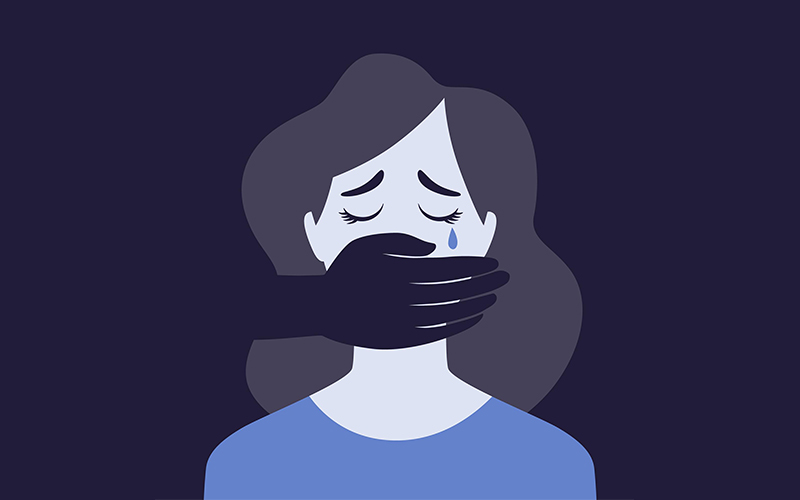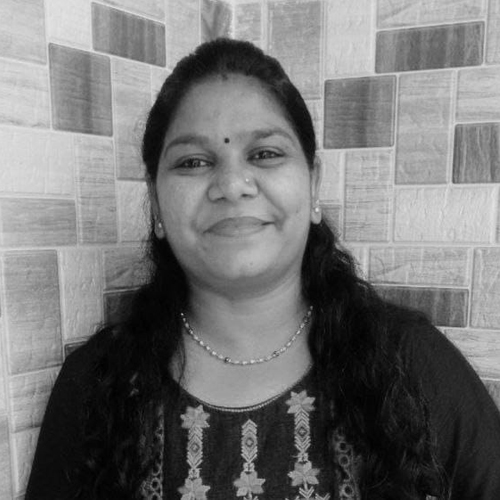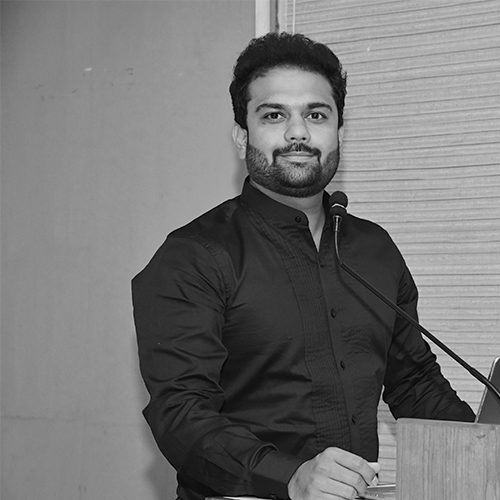Recognizing Symbolic Violence in Educational and Healthcare Systems
Symbolic violence, as we have discussed earlier, is a concept that refers to the ways in which social structures and systems perpetuate inequalities through symbolic means, such as language, norms, and values. In today's society, symbolic violence is pervasive, particularly within the education and healthcare systems, where it can have profound and lasting impacts on individuals and communities.
In schools, symbolic violence can happen in subtle ways that are not always easy to see. It occurs when students from certain backgrounds are treated unfairly because of stereotypes or biases that teachers or the school system might have, even if they don't realize it. For example, students from marginalized communities, such as those from lower castes or tribal backgrounds, may face discrimination in the classroom. They might be placed in lower academic tracks or given fewer opportunities compared to their peers from higher castes or more privileged backgrounds. This unequal treatment can have a profound impact on these students' educational experiences and outcomes. It can reinforce negative stereotypes about their abilities and limit their access to quality education. As a result, these students may struggle to perform academically and may experience lower self-esteem. Furthermore, the curriculum in schools often lacks diversity and fails to reflect the experiences and histories of marginalized communities. This can contribute to a distorted understanding of society and perpetuate systems of power and privilege.
In the healthcare system, symbolic violence manifests in several ways that affect access to and quality of care for marginalized communities. One of the key issues is the unequal distribution of healthcare resources, with urban areas and certain regions having better access to healthcare facilities and services than rural or remote areas. This disparity often results in marginalized communities, such as lower castes, tribal groups, and those from lower socioeconomic backgrounds, facing significant challenges in accessing healthcare.
Furthermore, within healthcare facilities, there is often differential treatment based on patients' social backgrounds. Studies have shown that patients from marginalized communities are less likely to receive adequate pain management, be referred for specialized care, or receive timely and appropriate treatment compared to patients from higher castes or more privileged backgrounds. This differential treatment can lead to disparities in health outcomes, with marginalized communities experiencing higher rates of morbidity and mortality.
Language and communication barriers also contribute to symbolic violence in the healthcare system. Patients from marginalized communities who speak regional languages or dialects may face challenges in communicating with healthcare providers who primarily speak English or other dominant languages. This can lead to misunderstandings, misdiagnosis, and inadequate treatment.
The impact of symbolic violence in these systems is far-reaching. It not only perpetuates existing inequalities but also undermines the fundamental principles of equity, justice, and dignity. To address symbolic violence, systemic changes are needed in both education and healthcare systems.








